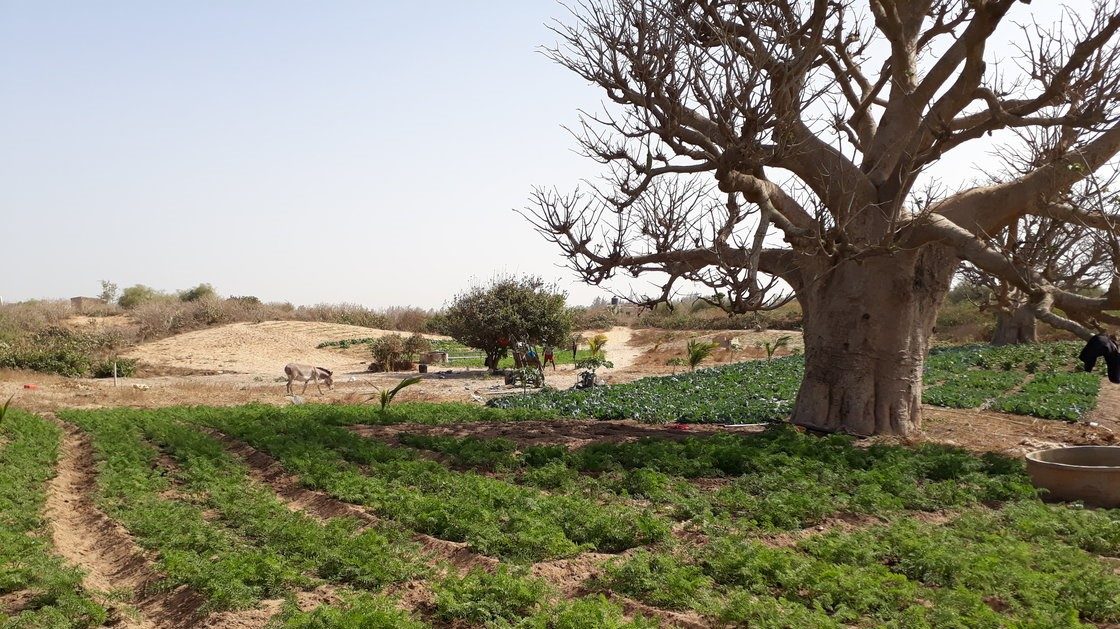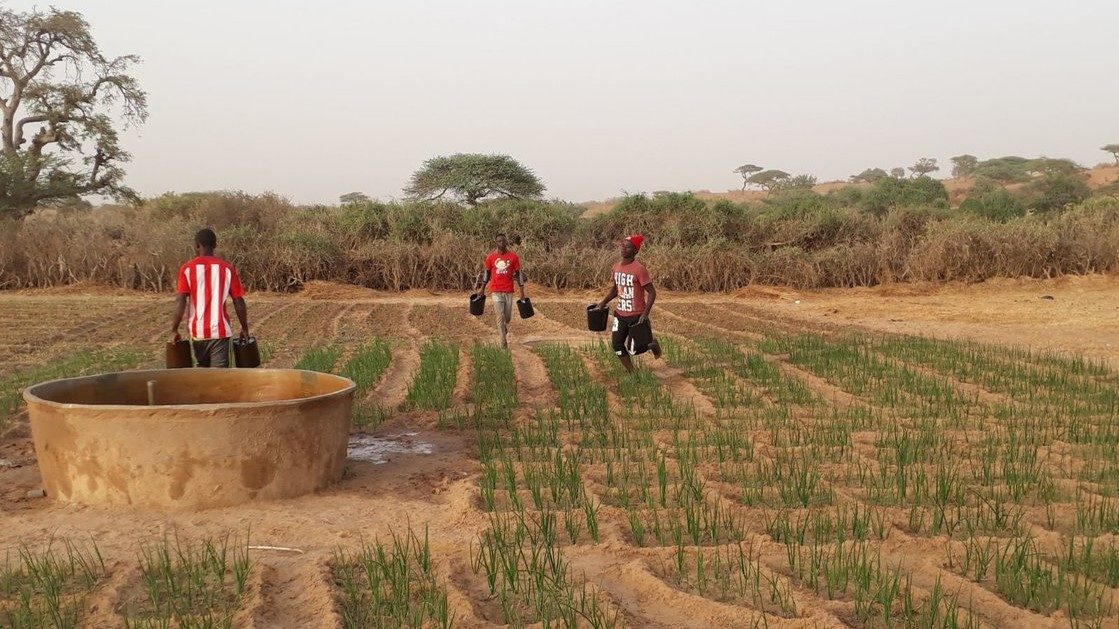Agriculture and land use account for nearly a quarter of global GHG emissions and keep rising. Transforming farming and livestock can reduce emissions and draw down carbon, for example, by improving agronomic practices, optimizing nutrient use and soil tillage, improving residue management, and restoring degraded lands.
China strives to reach carbon neutrality by 2060. The country set out a climate action plan to cut emissions from farming, increase soil carbon sequestration and adapt to climate impacts.
Sichuan Province is an important agricultural region located in southwest China. The region is China's leading producer of rice, corn, oil crops, vegetables, and potatoes. Cultivation is characterized by intensive land use, extensive terracing, irrigation, the cultivation of zaisheng dao (“rebirth” rice), and the special methods of soil culture, fertilization, composting, and crop rotation.
Sichuan Province has mainstreamed greenhouse gas mitigation actions in its agricultural strategy. However, in order to develop a concrete road map and lay out the actions needed to achieve carbon neutrality in Sichuan’s agriculture sector, deeper analyses are needed on the current farming landscape and future opportunities for the sector.
Our Foundation is partnering with The Nature Conservancy (TNC), the Chinese Academy of Agricultural Sciences (CAAS), and MAP China to promote green, low-carbon, and sustainable development of agricultural production in Sichuan, China and explore incentive mechanisms for low-carbon and climate-smart agricultural practices and technologies.
The project aims for two primary outcomes:
Our analyses will feed into Sichuan’s GHG Emission Inventory and inform the formulation of the “Sichuan Province Carbon Emissions Peaking Action Plan in the Agricultural Sector and Rural Area”.
The technical specifications for carbon smart products are recognized by the Sichuan government and are promoted among agricultural enterprises, agricultural cooperatives, and smallholders in the province.


